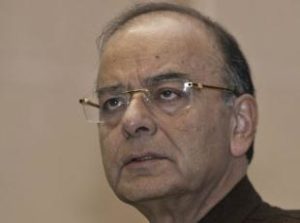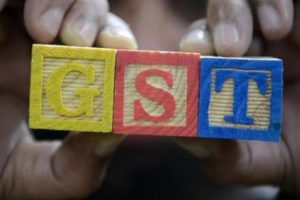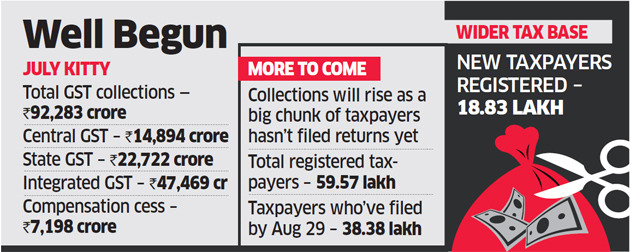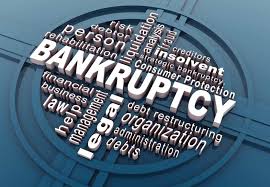
Banks have also been asked to step up their vigil against those companies that are non-compliant with various regulations and not carrying out business activities for long, a senior finance ministry official said as authorities continue their crackdown against shell entities The official said banks have been directed to freeze the bank accounts of these deregistered companies.
While warning that action would be taken against erring firms, the official said the efforts would help in enhancing corporate governance standards as well as clean up the system that otherwise is prone to be misused.
The names of over 2.09 lakh firms have been struck off from register of companies for failing to comply with regulatory requirements
“The names of 2,09,032 companies have been struck off from the register of companies under Section 248 (5) of the Act. The existing directors and authorised signatories of such struck-off companies will now become ex-directors or ex- authorised signatories,” an official release said
Section 248 of the Companies Act – which is implemented by the corporate affairs ministry – provides powers to strike off names of companies from the register on various grounds including for being inactive for long.
According to the official, since these companies had ceased to be legal entities, there was no reason having active bank accounts which could be prone to misuse.
Once these companies become compliant, banks would activate their accounts, the official added. “Furthering our war against #BlackMoney, banks have been advised to immediately restrict bank accounts of struck-off companies,” Minister of State for Corporate Affairs P P Chaudhary said in a tweet.
The official said a detailed analysis has been initiated to check whether these deregistered companies were used as conduits for channelising unaccounted money into the system, especially during demonetisation.
Amid efforts against shell companies which are allegedly used as conduits for illicit fund flows and tax evasion, the government said the directors of deregistered firms would not be able to operate the bank accounts till these entities are legally restored
About the directors and signatories of the over 2.09 lakh firms, the government said they would not be able to operate bank accounts of such companies till these entities are legally restored. The restoration, as and when it happens, would be reflected in the official records by way of change in the status from ‘struck off’ to ‘active’. “Since such ‘struck off’ companies have ceased to exist, action has been initiated to restrict the operation of bank accounts of such companies,” the release said.
The Department of Financial Services, through the Indian Banks Association, has advised banks that they should take immediate steps to put restrictions on bank accounts of such struck-off companies. “In addition to such struck-off companies, banks have also been advised to go in for enhanced diligence while dealing with companies in general,” the release said.
A company even having an active status on the corporate affairs ministry website but defaulting in filing of its due financial statements or annual returns, among others, “should be seen with suspicion as, prima facie, the company is not complying with its mandatory statutory obligations”. In another tweet, Chaudhary said the ministry is committed “in attaining @narendramodi ji’s vision of eliminating black money”.
Source:DD News





